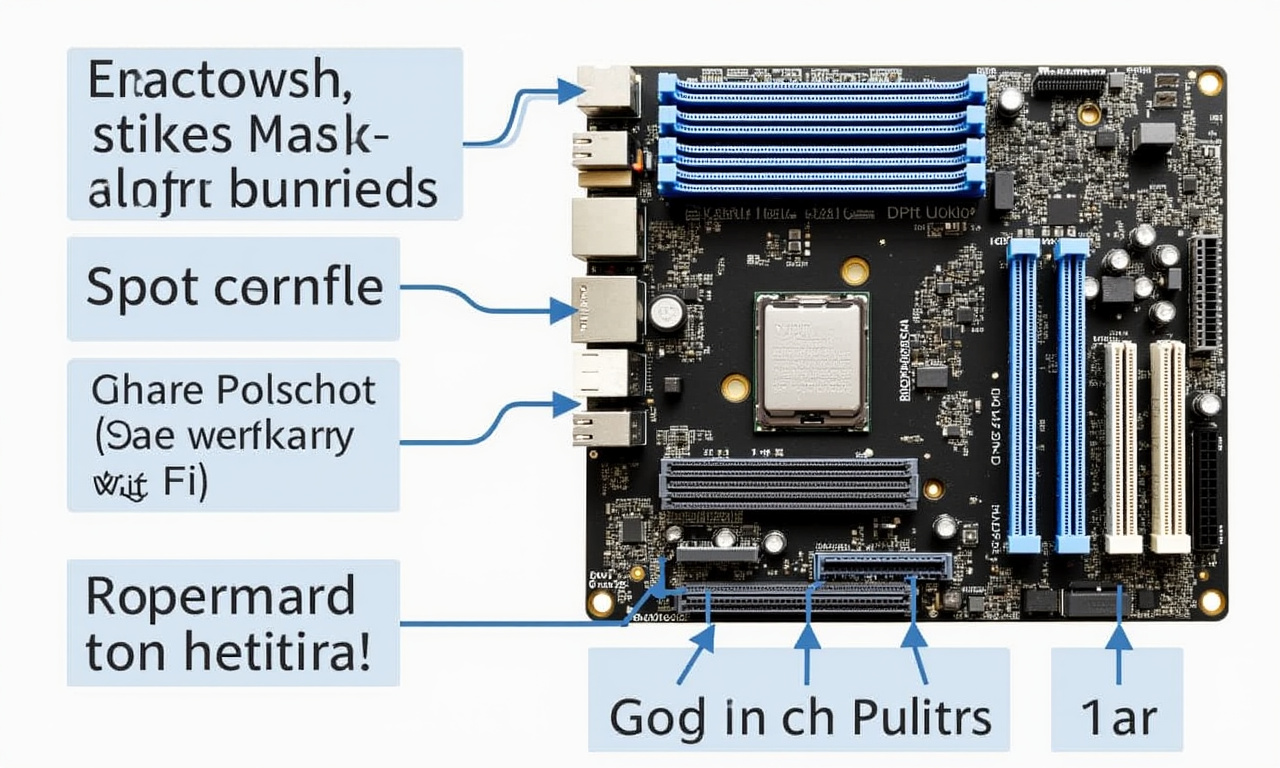Overview of AMD’s Latest Financial Insights
AMD’s recent financial report reveals a mixed bag of outcomes for the tech giant. While Ryzen and Radeon products have significantly bolstered overall revenue, U.S. export restrictions have negatively impacted AMD’s data center profits, leading to a slight decline in share prices. This pivotal news encapsulates the challenges and successes faced by AMD amid changing global trade dynamics.
Surging Product Demand
AMD reported a commendable 32% increase in total revenue, reaching $7.7 billion compared to the same period last year. A significant contributor to this growth was the booming demand for Ryzen CPUs and Radeon GPUs, which are cornerstones of AMD’s portfolio in the consumer and gaming markets. The Client and Gaming Division saw a 69% revenue hike, breaking down to $2.6 billion in client sales and $1.1 billion from gaming. AMD attributes this surge to robust demand for products like the Ryzen 7 9800X3D processors and Radeon RX 9070 XT graphics cards, which remain popular among PC gamers and manufacturers alike.
Challenges in the Data Center Division
Despite the growth in consumer markets, AMD’s data center sector faced hurdles due to U.S. export restrictions on AI processors, specifically the MI308 GPU. This regulatory bottleneck led to a loss of operating income in this division for the first time in six months, with an operational loss of $155 million. Inventory challenges and related costs amounted to approximately $800 million, emphasizing the financial weight of export limitations on AMD’s overall business strategy.
Industry Context and Implications
The tech industry is no stranger to the complexities of global trade policies, as these can deeply influence market dynamics and corporate strategies. AMD’s situation underscores the fragility of relying heavily on specific export markets, especially with geopolitically sensitive technologies like AI processors. Meanwhile, AMD’s resurgence in the consumer market represents a shift from Intel’s traditional dominance, fueled by controversies such as Intel’s Crashgate and tepid responses to new releases, allowing AMD to capture more market share and new contracts.
Strategic Partnerships and Outlook
AMD’s ongoing partnership with Dell further cements its presence in the commercial PC sector. Significant sales growth of Dell PCs equipped with Ryzen processors has been pivotal. Historically dominated by Intel, the commercial PC market is now seeing a marked shift due to AMD’s expanding footprint and competitive product offerings. Despite the current roadblocks, AMD anticipates further revenue growth, projecting $8.6 billion in Q3. Additionally, if the American export restrictions ease, particularly in AI chips to China, AMD could unlock new streams of revenue.
Conclusion
In conclusion, AMD’s recent earnings highlight the dual nature of its journey: robust gains in consumer markets and headwinds in data center operations due to external factors. The company remains optimistic, banking on strong product demand and potential easing of export restrictions to drive future growth, thereby reinforcing its competitive positioning in the global semiconductor landscape.









